President’s message: Transparency in the race to net zero
Reliable Controls president Tom Zaban explores how we can help you foster transparency in the race to net zero.




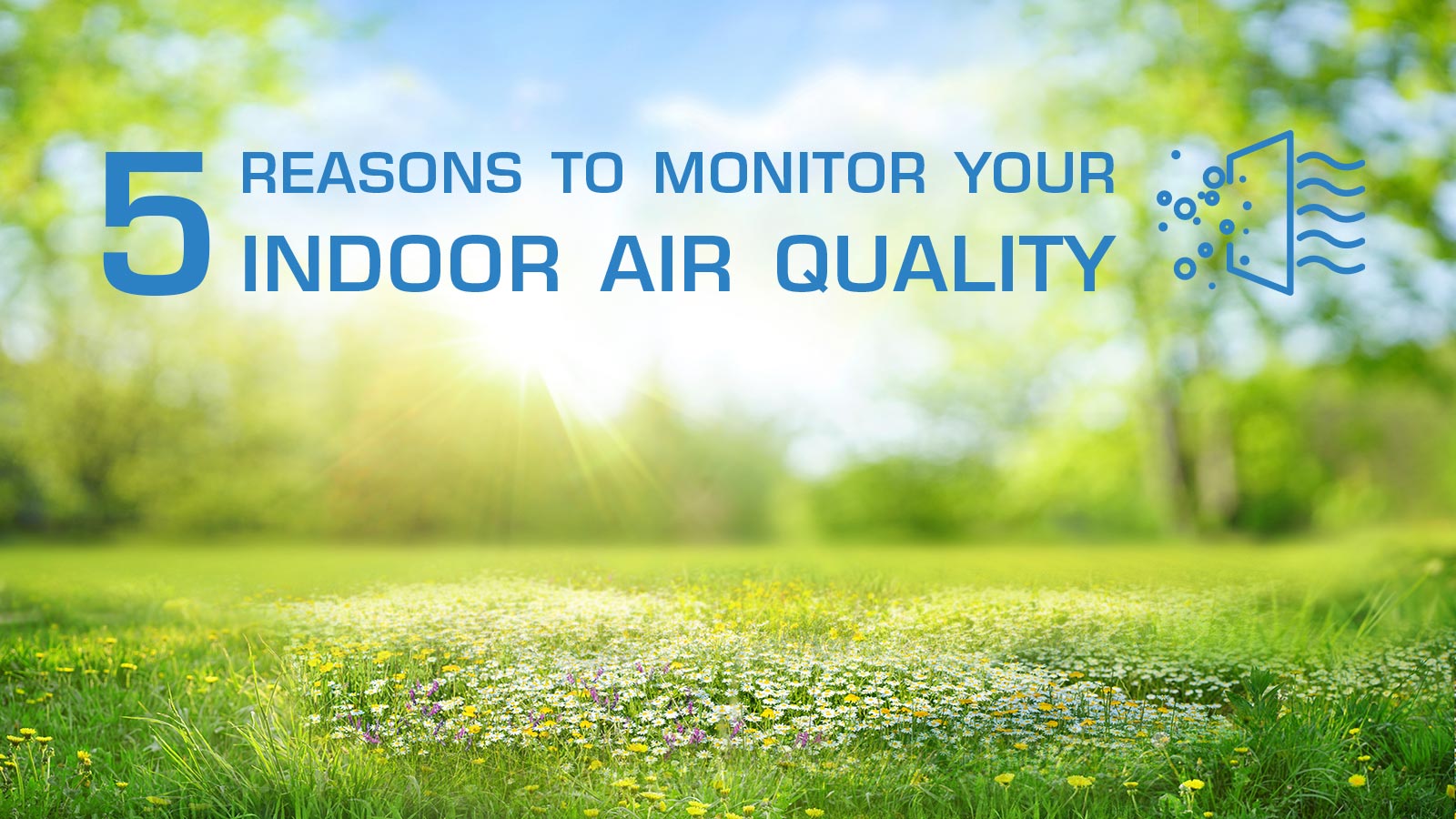
According to research from the US Environmental Protection Agency (EPA), indoor air contains two to five times more volatile organic compounds than outdoor air due to chemicals found in buildings. This impacts human health, from eye and throat irritation to respiratory diseases and cancer.
While you can’t yet monitor the presence of a virus like COVID-19 in the air, you can measure a number of factors that affect the risk of viral transmission: temperature, humidity, and CO2. These air-quality measures are also linked to workplace well-being and productivity, so the better the air in your building, the better your occupants are likely to feel—and perform.
Excessive ventilation wastes energy. Ideally, a building’s ventilation system provides just the right amount of air. Many ventilation systems, especially older ones, are based on constant air volume, which means they always operate at full capacity. By converting to a variable air volume system, you can optimize your energy efficiency with demand-controlled ventilation. The EPA found that a ventilation upgrade from constant air volume to variable air volume can achieve annual energy savings of 10 to 21 percent. Beyond that, with air-quality sensors, you have access to real-time data that informs when and where to efficiently deploy air filtration and temperature control.
Integrating IAQ sensing technology into your building automation system means you can collect building data that helps you perform preventative maintenance and avoid system failures. By tracking pollutant levels continuously over time, for example, you can easily identify where and when to address changes in air-quality parameters. Long-term trends are almost impossible to detect with periodic spot sampling, which provides only a snapshot of data points at a particular time.
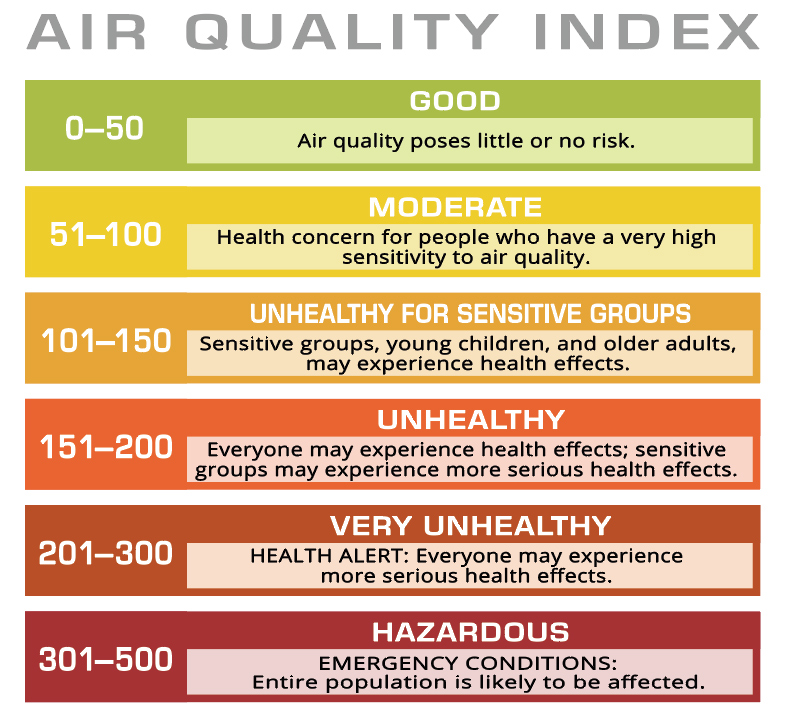
Most people know IAQ sensors can warn building managers about safety issues like smoke or carbon monoxide. Did you know they can also tell you how much particulate matter is in the air? Or how many harmful volatile organic compounds are circulating in your space? IAQ data can help you determine where to focus cleaning, when to service equipment, when to change filters, and when to increase or decrease ventilation.
IAQ monitoring is a key component in healthy building certifications like LEED and WELL. To earn certification under LEED v4.1, for example, a building must meet a minimum IAQ requirement intended to benefit occupants, maintain ventilation system equipment, and follow guidelines for mechanically and naturally ventilated spaces. The WELL Building Standard establishes requirements that promote clean air in buildings and reduce or minimize sources of indoor air pollution.
Sensors are a crucial component of any building automation system, collecting data inputs used to control ventilation, air filtration, and other equipment. You can depend on technologies from Reliable Controls to monitor the indoor air quality in your facilities. Whether you need to measure particulate matter, volatile organic compounds, carbon dioxide, relative humidity, or temperature, Reliable Controls has the sensor options to suit your needs.
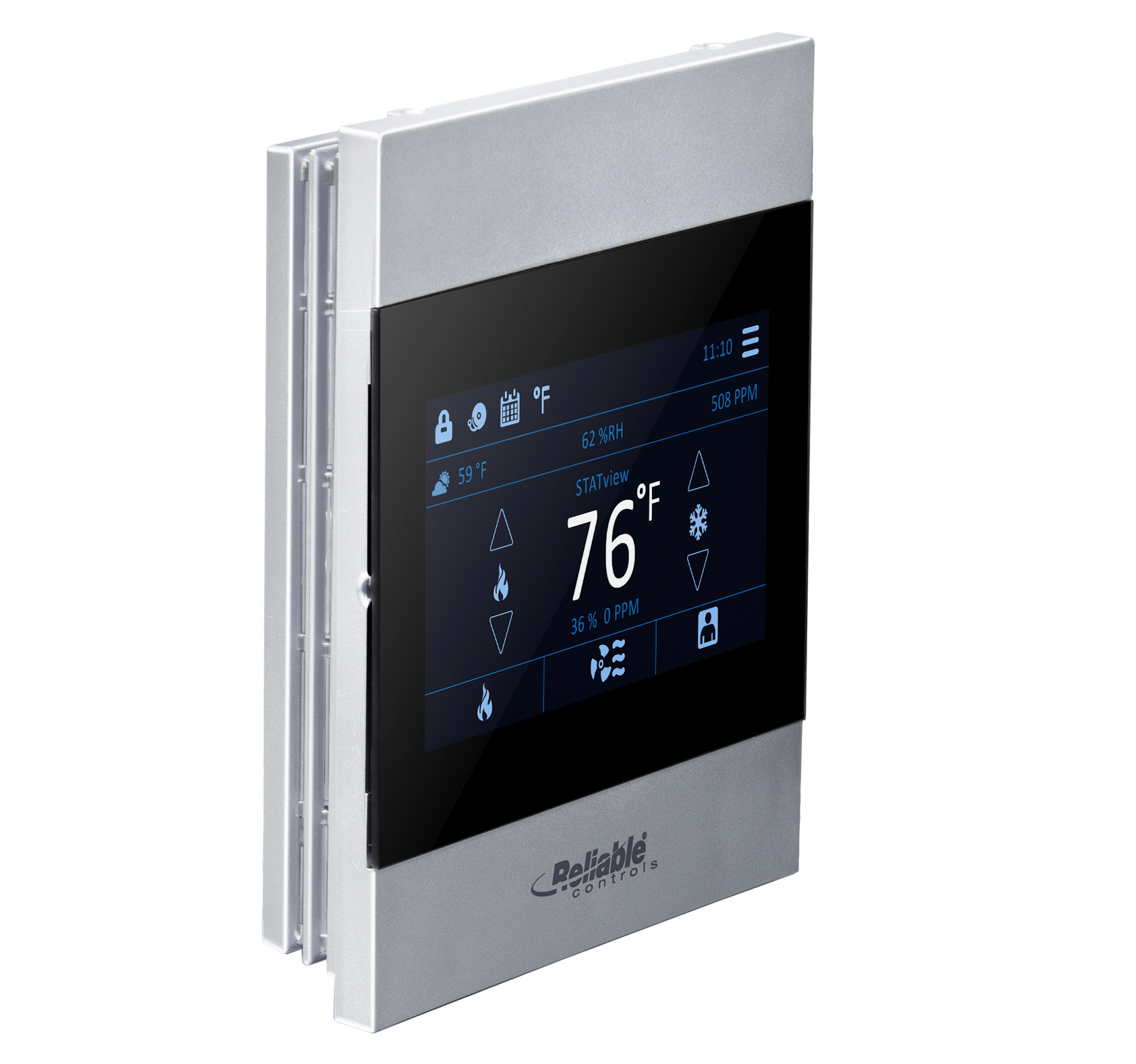
The Reliable Controls MACH‑ProView LCD is a powerful BACnet Building Controller (B‑BC) and BACnet Operator Display (B‑OD) that provides attractive, high-resolution graphical interfaces that allow you to easily access, control, and monitor the comfort and energy in your building.
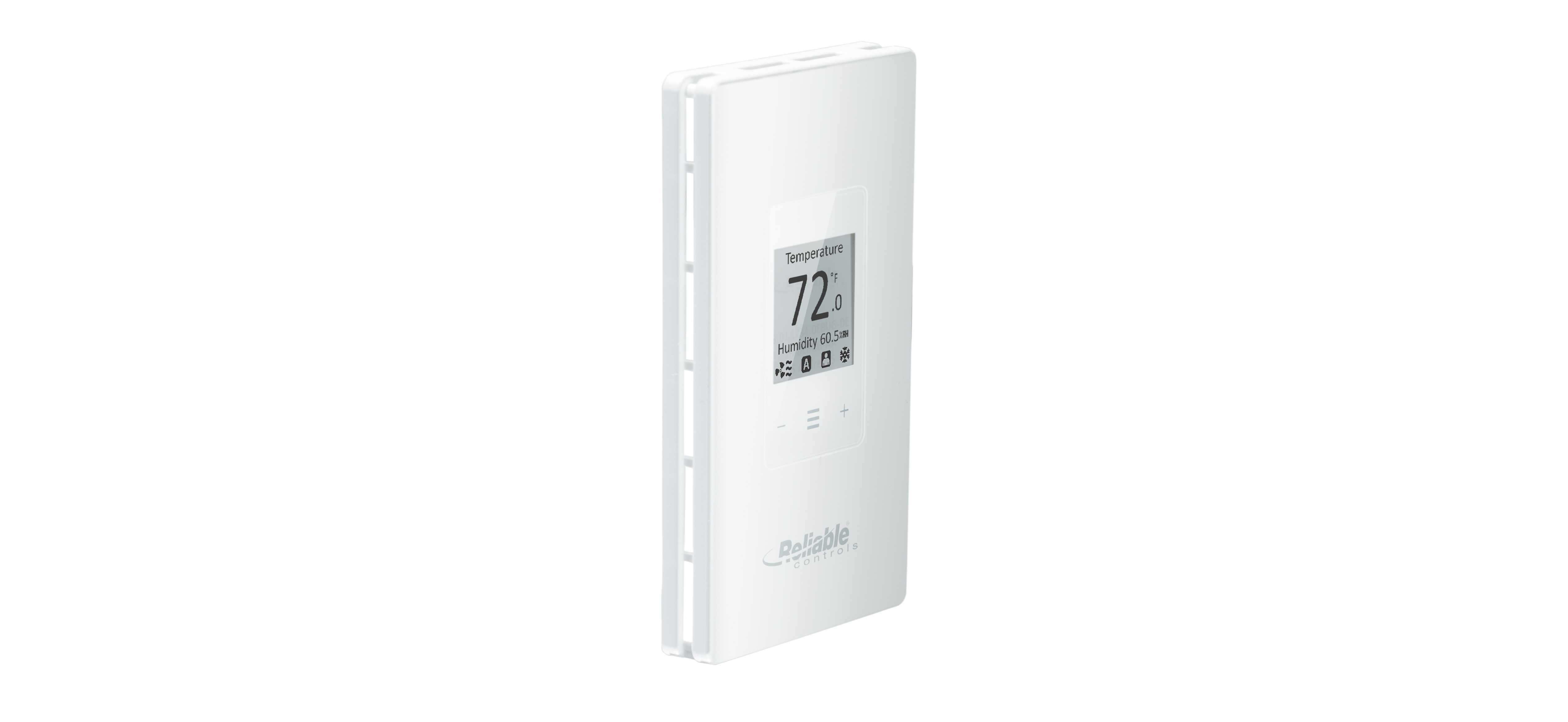
The Reliable Controls SMART‑Sensor EPD delivers a networked-sensor solution that connects with up to 10 configurable parameters related to your space.
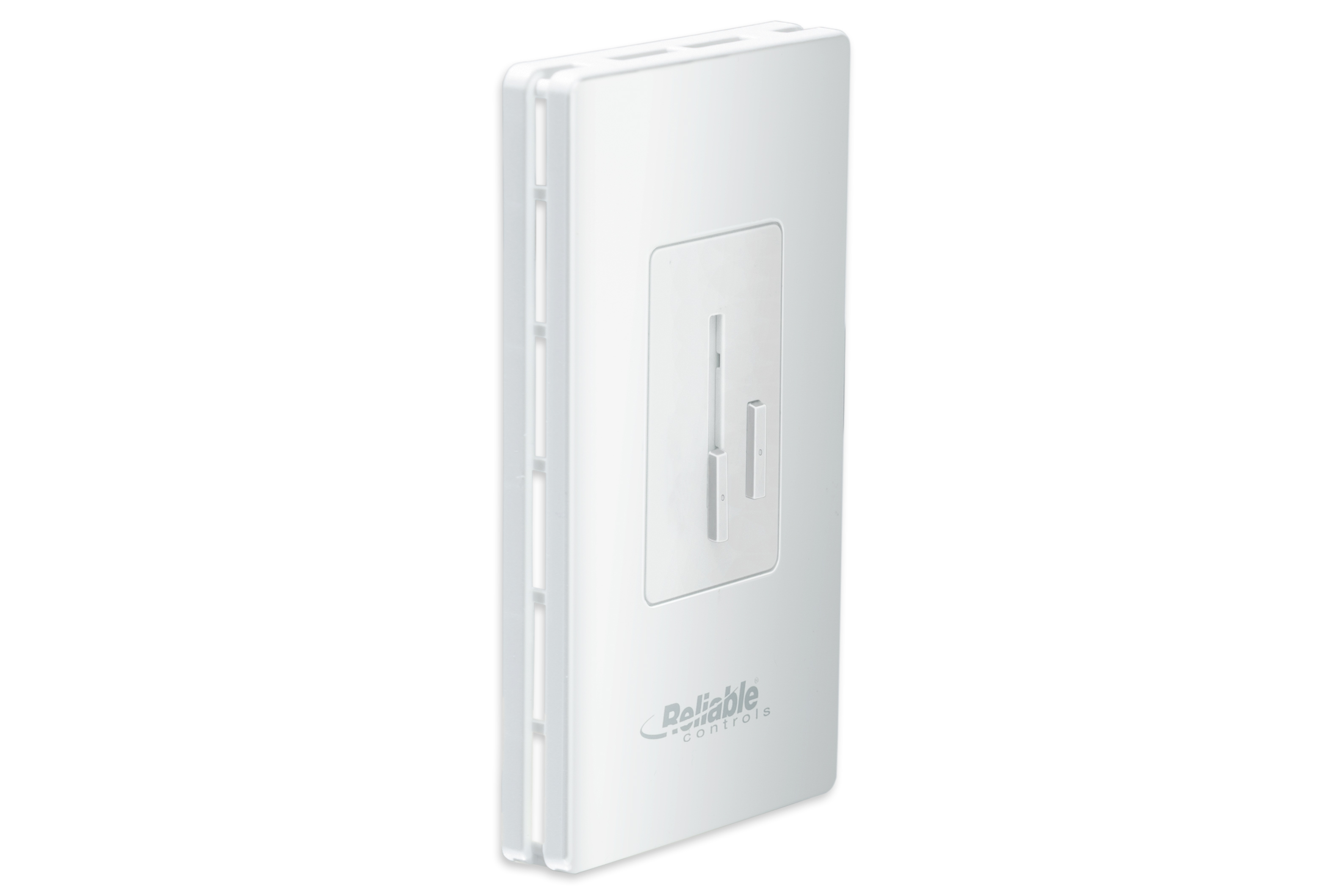
The Reliable Controls SPACE‑Sensor Temperature provides a traditional temperature sensor solution with a wide range of options to help you achieve comfort.

Reliable Controls president Tom Zaban explores how we can help you foster transparency in the race to net zero.

Reliable Controls president Tom Zaban reflects on 30 years of the BACnet protocol.
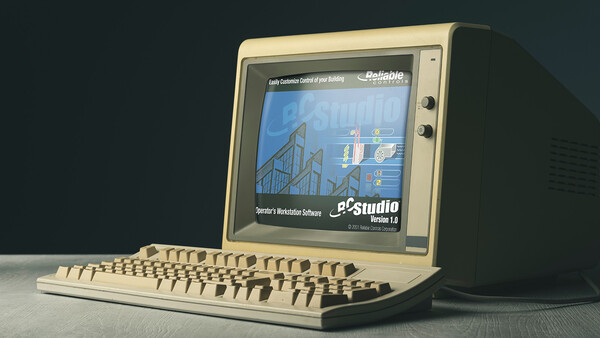
Celebrating nearly 25 years of RC-Studio, the backbone of our suite of building automation tools.

Learn how Reliable Controls promotes a circular economy, starting with design choices.

Learn about encouraging outcomes of the UN Climate Change Conference and how building automation plays a critical role in achieving global decarbonization goals.

What does a Zamboni have in common with an arena's ventilation system?

When every second matters, players should be set up for success. The building automation system can do just that.
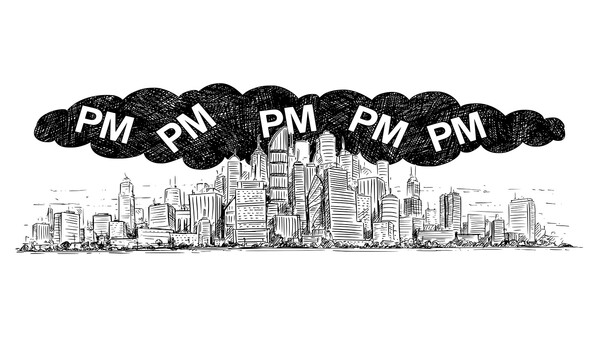
Discover particulate matter. Why does it matter, and how can you measure it?